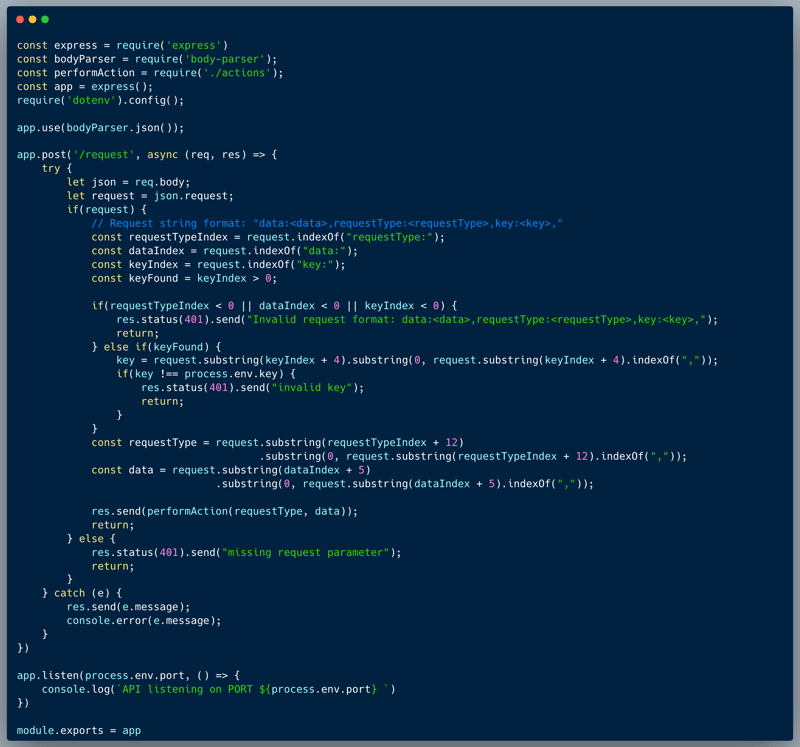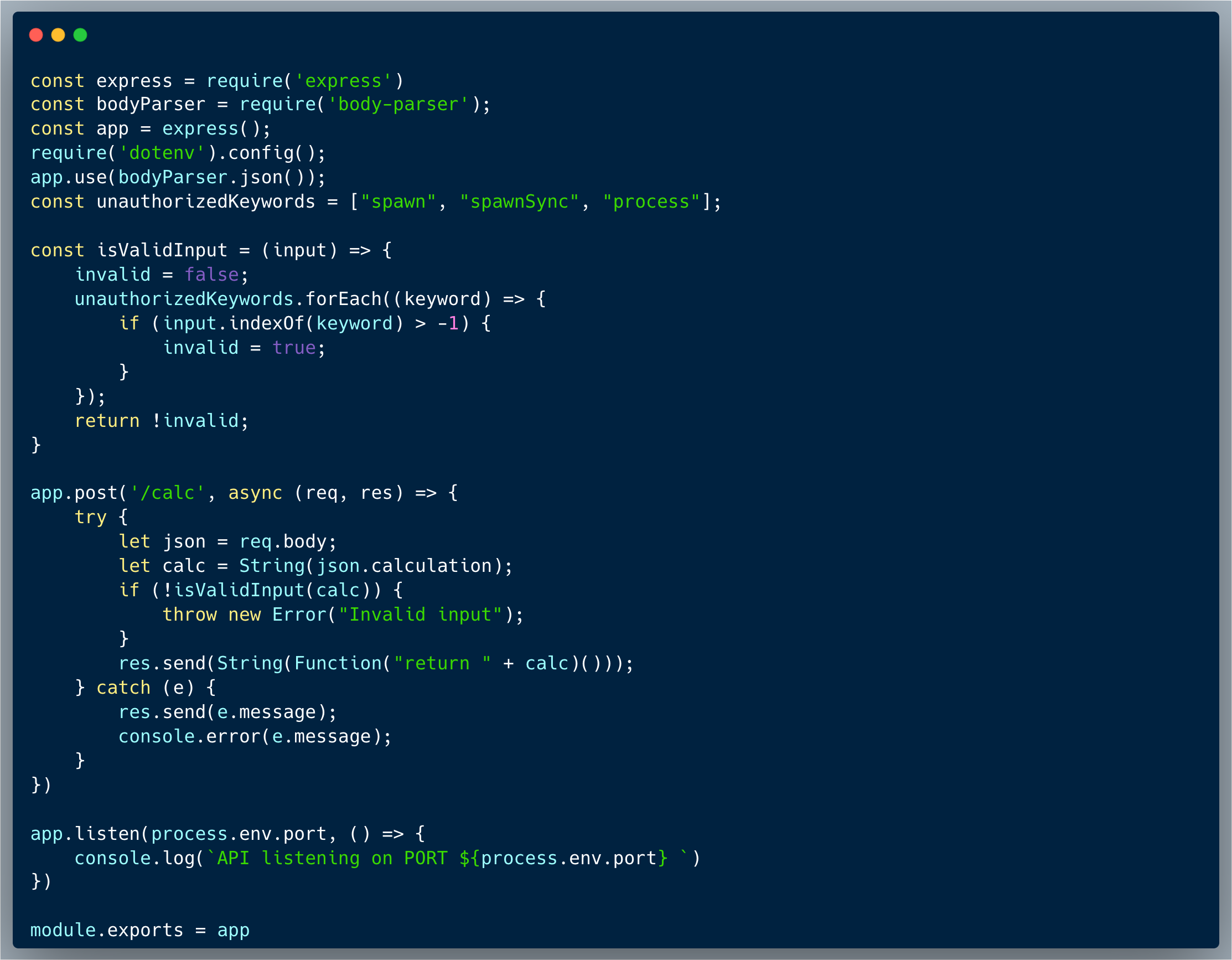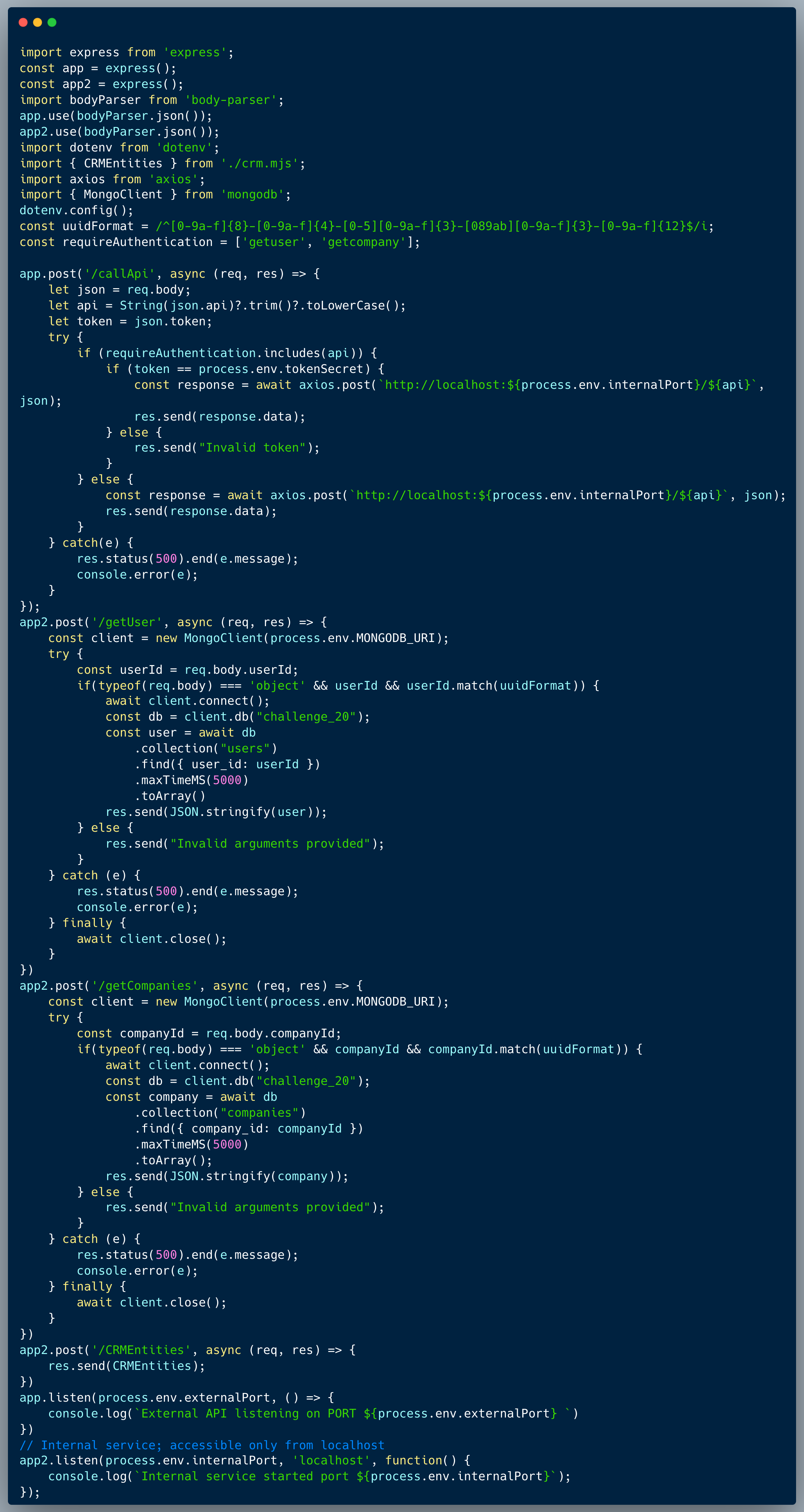WIZER CTF #23: REQUEST PROCESSOR
If you're a returning visitor to our CTF Recaps, feel free to dive straight into the insights! For first-time explorers, let us quickly introduce you to the essence of these recaps. Wizer CTFs were introduced to challenge developers, encouraging them to adopt a hacker's mindset and thereby code more securely. This initiative is a pivotal part of our new security awareness training, specially crafted for development teams - Wizer's Secure Code Training for Developers!
After a challenge retires, our Wizer Wizard and CTO, Itzik Spitzen, crafts takeaways that offer valuable insights into the challenge, focusing on the defensive perspective for your script. Curious to test-drive a CTF before delving into the notes? Visit wizer-ctf.com – it's free, and there's something for all skill levels!
Goal
In this challenge, we're uncovering an application logic flaw that has some big security impact.
Description of code
The code below is of a custom Request Processor, which is a NodeJS application that processes custom formatted requests from the user. The expected structure of the request is as stated in the comment: "data:<data>,requestType:<requestType>,key:<key>,". Upon receiving the request, the code splits the request into its parts and validates the key against the secret stored. If the key matches the secret stored, then the action is performed (within an external code, not included in this challenge), otherwise, an "invalid key" error is returned. Furthermore, in the following part of the code, a validation was added to ensure the existence of all the required fields in the request, which returns an error "Invalid request format: data:<data>,requestType:<requestType>,key:<key>," if one of the fields is missing:

See the full code below:

What’s wrong with that approach?
An oversight of a minor logic error, makes it possible to trick the system and get in the crack created between the valid and the invalid structures. There are two validations for key existence: (1) const keyFound = keyIndex > 0; which is used to protect the key validation process and (2) A check of `keyIndex < 0` within the part that checks if all the expected elements exist. But what if keyIndex is exactly 0? The logic isn't actually validating the particular expected order of the fields.
What would a successful Code Logic attack look like in this case?
By providing the key as the first data field "key:xyz," in the request, the keyIndex will be 0, which means that we can pass the validation of existence and yet skip the verification of the key against the stored secret, since `keyIndex > 0` isn't true. This way, an attacker could perform any action without the key.
So what?
The showcased vulnerability could cause a variety of risks depending on the functionality of the code which can be overridden. In our little example, the attacker could bypass the key authentication, and practically perform any action without having to have any knowledge of the secret key, however, logic which isn't tight could practically be anywhere and cause almost any type of risks.
Main Takeaways:
- Always make sure your code is air-tight:
Make sure that the logic of your code is tight and that there are no cracks in the validation process. In this case, the developer could have added a validation to check if the keyIndex is exactly 0, by simply revising `const keyFound = keyIndex > 0;` to `const keyFound = keyIndex >= 0;`. - Never make any assumptions about the structure of the input:
Always make sure that the input is provided exactly as expected, and that the validation process is strict. In this case, if the order of the fields is critical to the processing, the developer should have added a validation to check if the fields are in the correct order. - Always add negative unit tests:
Make sure to test your code with negative scenarios, to make sure that the code is secure and that the validation process is tight. In this case, a test which checks if the keyIndex is exactly 0, could have found the crack and prevented the vulnerability.
Wanna join us on our next challenge? Sign up for our mailing list at wizer-ctf.com.
CODE WIZER!
Past Challenges
- From Owasp 10 To Advanced Techniques
- Deep-Dive 1 new topic monthly
-
Fun CTF Challenges to apply learning


Itzik Spitzen
Itzik is Wizer's CTO who brings his entrepreneurial spirit and C-level software strategy and technology innovations to the front. His experience in engineering leadership and process improving, technology strategy, product strategy and vision brings fresh insights and innovation to the Wizer platform. He is spear-heading a new initiative with Wizer CTFs challenging developers to learn the offensive in order to code more securely.

